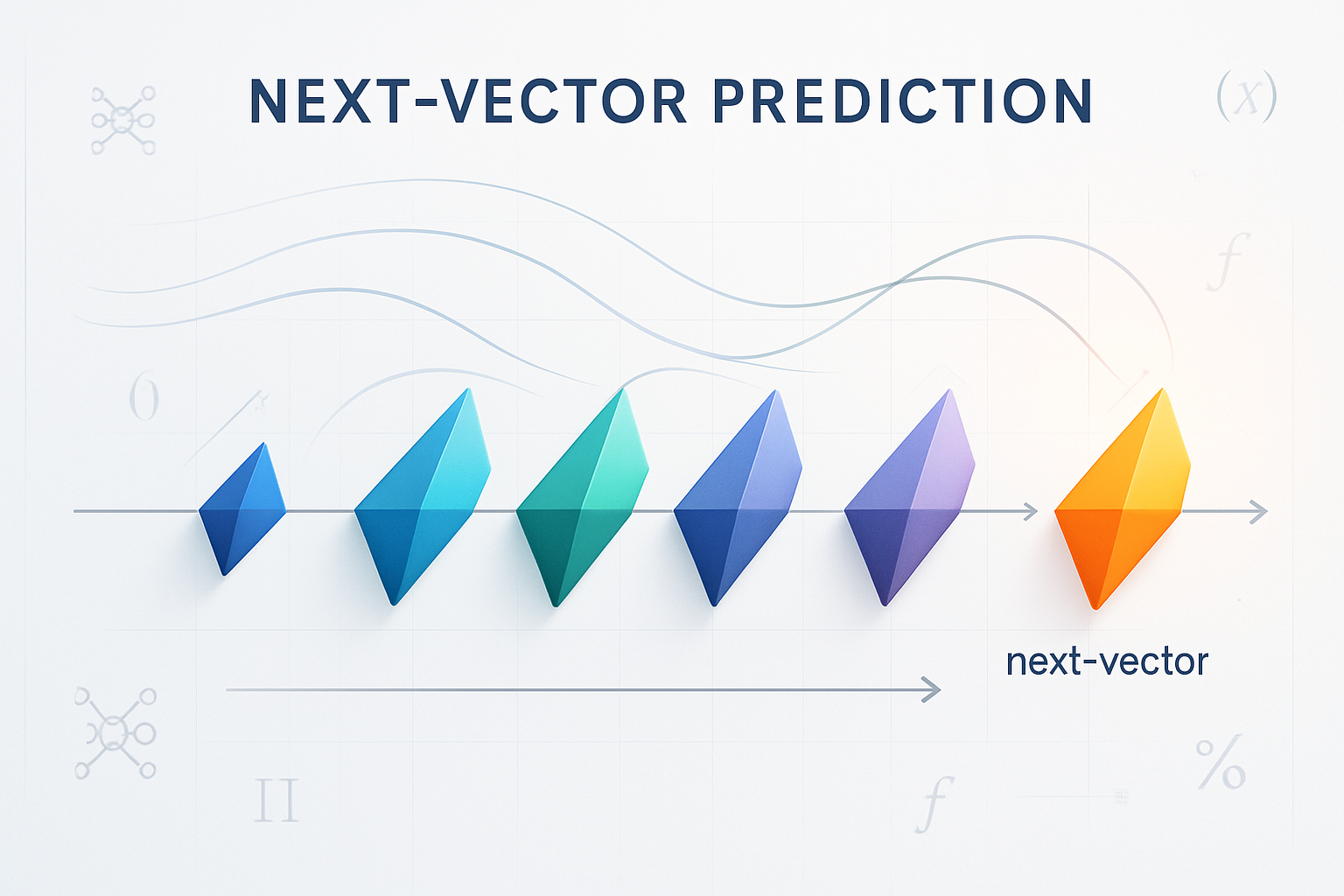The artificial intelligence landscape is experiencing a seismic shift. After years of impressive demos and enterprise pilots, we’re finally witnessing the emergence of consumer AI applications that people actually want to use—and more importantly, pay for. This isn’t just another tech trend; it’s a fundamental transformation in how we interact with digital tools and, increasingly, how we live our daily lives.
The timing couldn’t be more perfect. AI models have reached a level of sophistication across multiple modalities—audio, image, video, and text—that makes them genuinely useful rather than merely impressive. Simultaneously, the infrastructure for deploying these models has matured, with robust APIs and open-source alternatives making advanced AI capabilities accessible to developers without the resources of Big Tech.
But here’s where it gets interesting: the most successful consumer AI companies aren’t just building better chatbots. They’re recognizing fundamental shifts in human behavior, monetization strategies, and the very nature of digital interaction. The winners in this space will be those who understand that we’re not just in an AI revolution—we’re in a complete reimagining of consumer software.

The Maturation Moment: When Technology Becomes Invisible
For the first time in the brief history of artificial intelligence, the technology itself isn’t the story. The models work. They work well enough that users can focus on what they want to accomplish rather than marveling at the fact that a computer can understand them.
This represents a crucial inflection point. Early adopters have moved past the novelty phase. They’re no longer impressed by the mere fact that an AI can generate an image or write a poem. Instead, they’re asking harder questions: Does this save me time? Does this help me create something I couldn’t before? Does this solve a real problem in my life?
The answer, increasingly, is yes. But only for applications that understand the deeper behavioral patterns driving consumer adoption.
Consider the trajectory of previous consumer technology waves. The smartphone revolution wasn’t just about putting a computer in your pocket—it was about creating entirely new behaviors around constant connectivity, location awareness, and instant access to information. Similarly, social media wasn’t just about connecting with friends—it fundamentally changed how we document our lives, consume news, and even think about our own identities.
AI consumer applications are following a similar pattern, but with a crucial difference: the behavioral changes are happening faster and more dramatically than ever before.
The Social Sharing Gap: Why AI Tools Are Missing the Mark
Here’s a paradox that reveals everything about the current state of consumer AI: people are creating incredible content with AI tools, but they’re not sharing it where they made it. Instead, they’re taking their AI-generated images, videos, and text to traditional social platforms like X (formerly Twitter), Reddit, and Facebook.
This behavior exposes a fundamental misunderstanding among many AI companies about what drives consumer engagement. They’ve focused intensely on the quality of their models—and rightfully so—but they’ve largely ignored the social dynamics that make consumer applications sticky.
Think about Instagram’s success. Yes, the filters were important, but what made Instagram indispensable was the social layer: the ability to share, discover, and connect around visual content. The creation tools were just the entry point; the social features were what kept people coming back.
Most AI tools today are essentially sophisticated creation utilities. They help you make something, and then… that’s it. There’s no community, no discovery mechanism, no reason to return beyond your next creative project. Users create something amazing and immediately leave to share it elsewhere, taking their engagement and attention with them.
This represents a massive missed opportunity. The companies that figure out how to capture and nurture the social behaviors around AI-generated content will have a significant advantage in building sustainable, engaging consumer products.
But the social sharing gap reveals something even deeper about consumer behavior in the AI era: people want to be part of communities built around creation, not just consumption. They want to show off what they’ve made, get feedback, collaborate, and inspire others. The AI tool is just the enabler; the real value lies in the human connections that form around shared creative experiences.
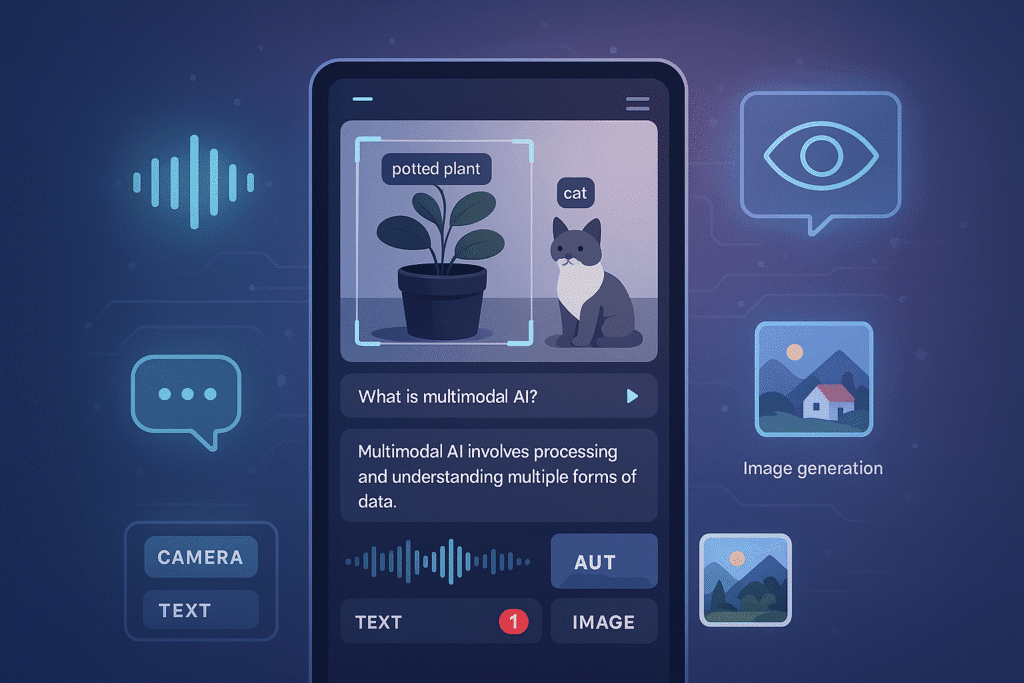
The Premium Monetization Advantage: Why AI Changes Everything
One of the most striking differences between the current AI wave and previous consumer technology cycles is the willingness of users to pay upfront for quality experiences. This represents a fundamental shift in consumer software monetization that many companies are still struggling to understand.
The last generation of consumer startups was built on a specific playbook: attract users with free products, build massive scale through advertising or freemium models, and monetize through data collection, ads, or eventual premium upgrades. This approach worked in an era where digital experiences were novel and users were hesitant to pay for software they could get elsewhere for free.
AI applications operate in a completely different context. Users understand that high-quality AI capabilities are expensive to provide. They’ve experienced the difference between a mediocre AI tool and an excellent one. Most importantly, they’re often using these tools for professional or semi-professional purposes where the value proposition is clear and immediate.
This creates an opportunity for what we might call “premium-first” consumer applications. Instead of starting free and hoping to convert users later, AI companies can build sustainable businesses by charging for quality from day one. Users who are willing to pay $20-50 per month for AI tools that genuinely improve their productivity or creativity represent a fundamentally different market than users who expect everything to be free.
The implications extend beyond just pricing strategy. When users are paying for your product, they have different expectations and behaviors. They’re more engaged, more likely to provide feedback, and more invested in your success. They’re also more likely to become advocates, recommending your product to others who share their willingness to pay for quality.
This shift toward premium monetization also enables a different kind of product development cycle. Instead of optimizing for engagement metrics that drive ad revenue, companies can focus on features that provide genuine value to paying customers. This alignment between user value and business model creates a more sustainable foundation for long-term growth.
But perhaps most importantly, the premium monetization model allows AI companies to better serve what we might call the “whale” users—the power users who generate disproportionate value and are willing to pay significantly more for advanced features. Unlike traditional freemium models where heavy users often represent a cost center, AI applications can build tiered pricing that scales with usage and value.
The Enterprise Adoption Flywheel: How Viral Growth Drives B2B Sales
One of the most fascinating dynamics in the current AI landscape is how consumer adoption is driving enterprise sales in ways we haven’t seen since the early days of cloud computing. Business buyers, who traditionally relied on formal procurement processes and vendor presentations, are increasingly discovering AI tools through personal use or social media buzz.
This represents a complete inversion of the traditional enterprise sales funnel. Instead of top-down adoption driven by IT departments and executive mandates, we’re seeing bottom-up adoption where individual employees discover tools, prove their value, and then advocate for organizational adoption.
The mechanism is straightforward but powerful: someone creates something impressive with an AI tool, shares it on LinkedIn or Twitter, and suddenly dozens of their professional contacts are asking what tool they used. Those contacts try the tool, experience its value firsthand, and begin using it in their work. Eventually, the usage becomes significant enough that it requires formal procurement and enterprise-level features.
This viral-to-enterprise pathway is particularly powerful because it solves one of the biggest challenges in B2B software sales: demonstrating value. When a potential enterprise customer has already seen their peers using a tool successfully, the sales conversation shifts from “why do you need this?” to “how can we implement this effectively?”
The implications for product strategy are significant. Consumer AI companies that understand this dynamic can build features that facilitate both individual use and organizational adoption. This might include collaboration tools, usage analytics, administrative controls, or integration capabilities that make the transition from individual to team to enterprise use seamless.
But the viral-to-enterprise model also requires a different approach to product positioning and marketing. Companies need to think simultaneously about individual user experience and organizational value proposition. The product needs to be compelling enough for individuals to adopt and share, while also providing the security, scalability, and management features that enterprises require.
This dual focus can be challenging, but it’s also incredibly powerful when executed well. Companies that master the viral-to-enterprise flywheel can achieve rapid growth with relatively low customer acquisition costs, while building sustainable revenue through enterprise contracts.
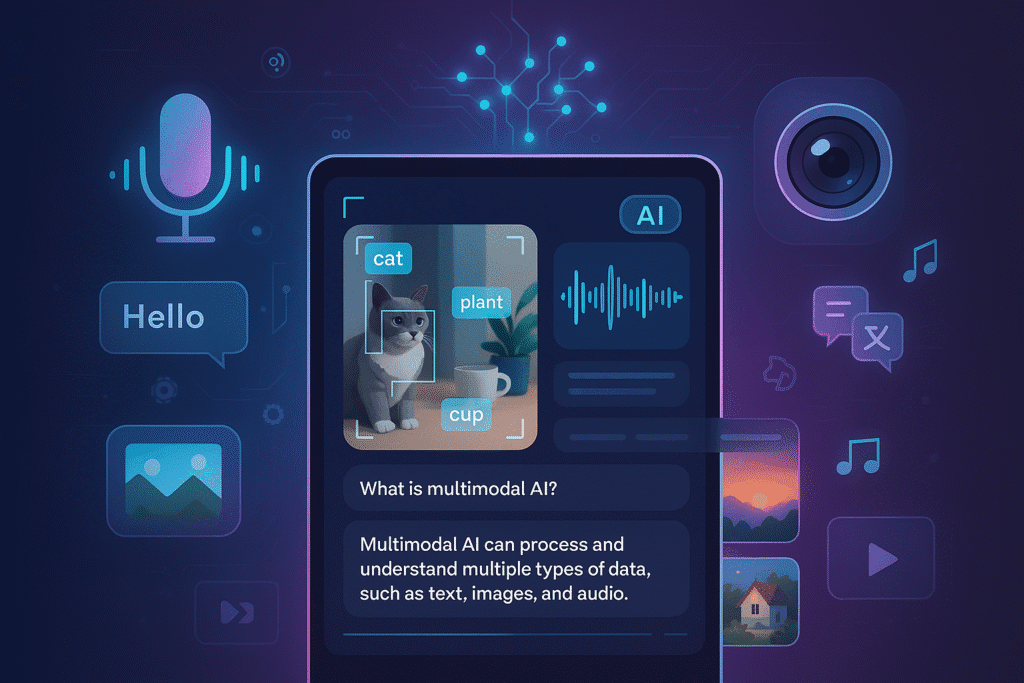
The Velocity Imperative: Why Shipping Speed Determines Market Position
In the rapidly evolving AI landscape, product velocity has become the ultimate competitive advantage. The pace of improvement in underlying AI models means that user expectations are constantly rising, and companies that can’t keep up quickly find themselves obsolete.
This creates a unique dynamic where traditional competitive moats—brand recognition, user base size, even superior technology—can be eroded incredibly quickly by a competitor that ships faster. Users have become accustomed to regular improvements in AI capabilities, and they’re willing to switch tools if they perceive that another option is advancing more rapidly.
The velocity imperative extends beyond just feature development to encompass the entire product experience. Users expect AI tools to incorporate the latest model improvements, respond to user feedback quickly, and continuously expand their capabilities. A tool that feels static for even a few months can lose users to alternatives that demonstrate more active development.
This has profound implications for how AI companies structure their teams and development processes. Traditional software development cycles, with lengthy planning phases and quarterly releases, are too slow for the current market. Instead, successful AI companies are adopting continuous deployment models where improvements are shipped weekly or even daily.
But velocity isn’t just about speed—it’s about the right kind of speed. Companies need to balance rapid iteration with stability and user experience quality. Shipping broken features quickly is worse than shipping polished features slowly. The key is building development processes that enable rapid iteration while maintaining high quality standards.
The velocity imperative also affects how companies think about feature prioritization. In a fast-moving market, the features you choose to build (and the order in which you build them) can determine whether you capture or miss market opportunities. Companies need to develop intuition about which capabilities will matter most to users in the next 3-6 months, not just what users are asking for today.
Perhaps most importantly, high product velocity creates a psychological advantage with users. When people see that a tool is constantly improving, they’re more likely to stick with it through temporary limitations or frustrations. They develop confidence that issues will be addressed and that the tool will continue to get better over time.
The Software Substitution Wave: AI as the New Service Economy
One of the most significant trends driving AI adoption is the substitution of human services with AI-powered software. Activities that previously required hiring specialists—video editing, therapy sessions, business coaching, calendar management—are increasingly being handled by AI applications.
This substitution isn’t happening because AI is necessarily better than human experts, but because it’s more accessible, affordable, and available. A small business owner who couldn’t afford a professional video editor can now create high-quality marketing videos with AI tools. Someone who couldn’t access therapy due to cost or availability constraints can get support from AI coaching applications.
The implications of this trend extend far beyond individual use cases. We’re witnessing a fundamental shift in how people allocate their discretionary spending. Money that might have gone to human services is increasingly flowing to software subscriptions that provide similar outcomes.
This creates enormous market opportunities for AI companies that can identify service categories ripe for software substitution. The key is finding areas where human expertise is valuable but not necessarily irreplaceable, where access is limited by cost or availability, and where the core value can be delivered through software interfaces.
But software substitution also requires a different approach to product design. Unlike traditional software tools that augment human capabilities, substitution applications need to replace entire workflows and decision-making processes. This means they need to be more comprehensive, more intuitive, and more reliable than typical software products.
The most successful substitution applications also understand that they’re not just replacing human services—they’re creating new categories of accessible expertise. A therapy app isn’t just a cheaper therapist; it’s a new form of mental health support that’s available 24/7, completely private, and tailored to individual needs in ways that human therapy often can’t be.
This perspective shift is crucial for product positioning and user acquisition. Instead of competing directly with human services on quality, successful AI applications compete on accessibility, convenience, and personalization. They make capabilities available to people who previously couldn’t access them at all.
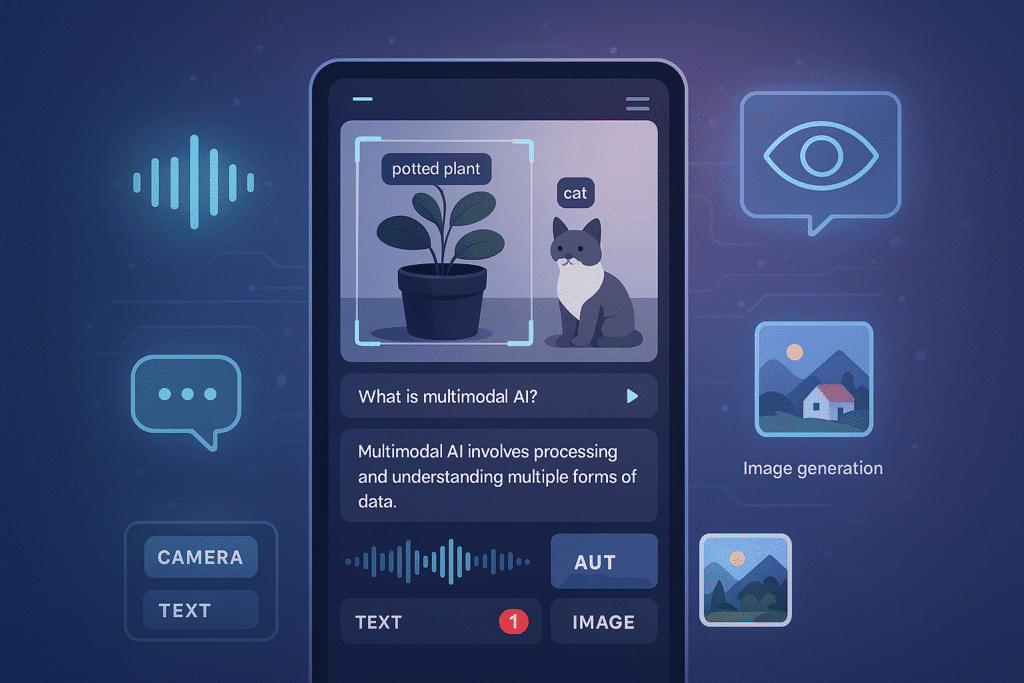
The Four Pillars of Next-Generation Consumer AI
Based on the behavioral patterns and market dynamics we’re observing, four distinct categories of consumer AI applications are emerging as particularly promising. Each represents a different approach to capturing user engagement and building sustainable businesses in the AI era.
AI Network and Knowledge Sharing: The Digital Self Revolution
The first category reimagines professional networking and knowledge sharing for the AI era. While platforms like LinkedIn excel at showcasing credentials and connections, they don’t capture the depth of someone’s actual knowledge, experience, and thinking patterns.
Imagine a platform where your digital presence isn’t just a static profile, but an interactive representation of your expertise that can engage with others, answer questions, and share insights even when you’re not online. This isn’t about replacing human interaction, but about extending your ability to share knowledge and connect with others who share your interests or could benefit from your experience.
The potential applications are vast. Professionals could create AI versions of themselves that handle initial consultations, answer frequently asked questions, or provide guidance to mentees. Experts could scale their ability to help others without being limited by time constraints. Communities could form around shared learning experiences facilitated by AI representations of their members.
The key insight is that people want to share their knowledge and connect with others, but they’re limited by time and the inefficiencies of traditional networking. AI can remove these constraints while preserving the human elements that make professional relationships valuable.
Synthetic Characters: Beyond Influencers to Companions
The second category involves AI-generated characters that serve various social and entertainment functions. While the initial focus has been on AI influencers and celebrities, the more interesting opportunity lies in creating synthetic characters that can engage deeply with niche interests and communities.
These aren’t just chatbots with personalities, but fully realized characters with consistent backstories, opinions, and areas of expertise. They can engage in ongoing conversations, remember previous interactions, and develop relationships with users over time. Most importantly, they can be designed to serve specific communities or interests in ways that human influencers or creators might not be able to sustain.
Consider an AI character who is genuinely passionate about sustainable gardening and can discuss soil composition, plant varieties, and growing techniques with endless enthusiasm. Or a synthetic fitness coach who understands your specific goals, limitations, and preferences, and can provide personalized guidance and motivation consistently over time.
The power of synthetic characters lies not in replacing human relationships, but in providing consistent, knowledgeable, and engaging interactions around specific topics or needs. They can be available 24/7, never have bad days, and can be designed to optimize for user value rather than their own interests or limitations.
Vertical AI Companions: Specialized Intelligence for Specific Demographics
The third category recognizes that general-purpose AI assistants like ChatGPT, while impressive, aren’t optimal for everyone. Different demographics have different communication styles, needs, and preferences that can be better served by specialized AI companions.
A teenager’s AI companion might communicate in contemporary slang, understand social media dynamics, and provide guidance on academic and social challenges in age-appropriate ways. An elderly user’s AI companion might focus on health management, family connections, and navigating technology, with a communication style that feels comfortable and respectful.
But vertical AI companions go beyond just communication style. They can be designed with specific capabilities and knowledge bases that serve their target demographics. A companion for entrepreneurs might integrate with business tools, provide market insights, and offer strategic guidance. A companion for parents might help with child development questions, activity planning, and family organization.
The key is recognizing that one size doesn’t fit all when it comes to AI interaction. By creating specialized companions for specific user groups, companies can provide more relevant, useful, and engaging experiences than general-purpose alternatives.
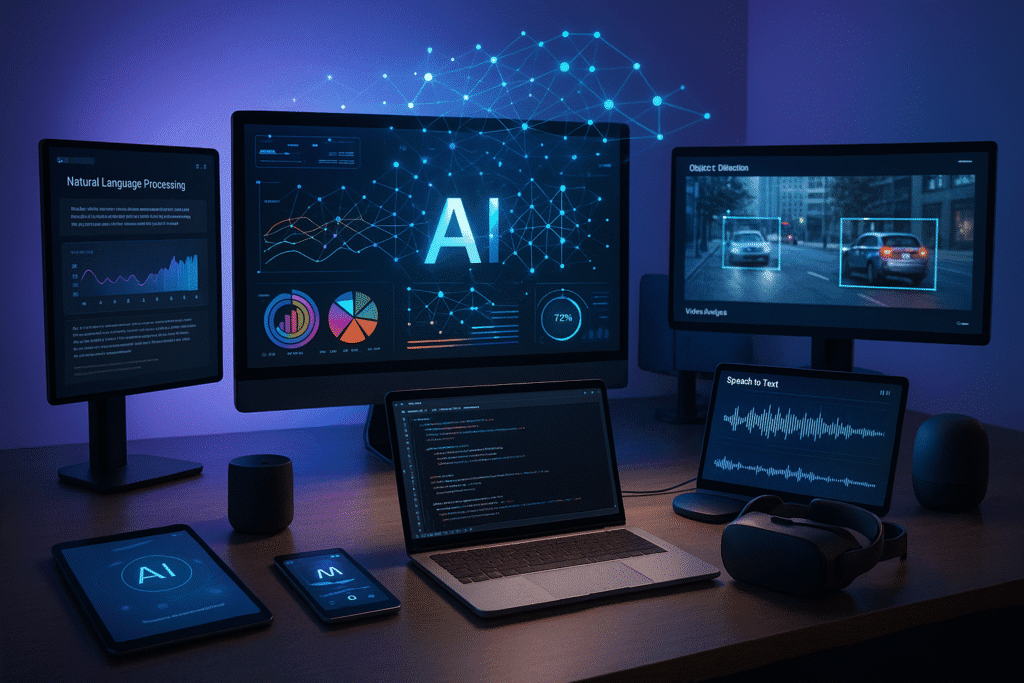
Always-On Products: Ambient Intelligence That Acts
The fourth category represents perhaps the most ambitious vision: AI systems that can observe and interact with both digital and physical environments to provide insights, reminders, and automated actions on behalf of users.
These systems go beyond traditional chatbots or voice assistants by maintaining continuous awareness of user context and needs. They might notice patterns in your behavior, remind you of commitments, suggest optimizations to your routines, or even take actions on your behalf when appropriate.
The technology for always-on AI products is rapidly maturing. Smart glasses, wearable devices, and ambient sensors can provide the input streams that AI systems need to understand user context. Meanwhile, API integrations and automation platforms enable AI systems to take actions across various digital services.
The potential applications range from simple convenience features—like automatically scheduling meetings based on email conversations—to more complex lifestyle optimization, such as analyzing your energy levels, productivity patterns, and social interactions to suggest improvements to your daily routines.
But always-on products also raise important questions about privacy, autonomy, and the appropriate boundaries for AI involvement in personal life. The most successful products in this category will be those that provide genuine value while respecting user agency and privacy preferences.
The Infrastructure Advantage: Why Open Source Changes Everything
One of the most significant factors enabling the current wave of consumer AI innovation is the availability of high-quality, open-source AI models and the maturation of AI-as-a-service platforms. This infrastructure layer has dramatically lowered the barriers to entry for AI application development.
Previously, building AI-powered consumer applications required either massive computational resources or partnerships with major tech companies. Today, developers can access state-of-the-art AI capabilities through APIs from multiple providers, or run open-source models on cloud infrastructure that scales automatically with demand.
This democratization of AI capabilities means that innovation is no longer limited to companies with the largest research budgets or the most advanced technical teams. Small teams can build sophisticated AI applications by focusing on user experience, product design, and market understanding rather than model development.
The implications extend beyond just technical accessibility. The availability of multiple AI providers creates competitive pressure that drives down costs and drives up quality. Companies building consumer AI applications can choose the best models for their specific use cases, switch providers as better options become available, and negotiate better terms as they scale.
But perhaps most importantly, the infrastructure advantage enables rapid experimentation and iteration. Teams can test new AI capabilities, explore different model configurations, and prototype new features without significant upfront investment. This supports the velocity imperative we discussed earlier and enables more companies to participate in the AI innovation cycle.
The Attention Economy Disruption: From Consumption to Creation
The rise of AI-powered creation tools is fundamentally disrupting the traditional attention economy. Instead of spending time consuming content created by others, people are increasingly spending time creating their own content with AI assistance.
This shift has profound implications for existing social media platforms, content creators, and advertising models. When people are spending more time creating and less time scrolling, the traditional metrics of engagement and attention capture become less relevant.
But this disruption also creates new opportunities. Platforms that can capture and monetize creative activity, rather than just passive consumption, may be better positioned for the AI era. This might involve providing better creation tools, facilitating collaboration between creators, or enabling new forms of creative expression that weren’t previously possible.
The attention economy disruption also affects how we think about user acquisition and retention. Instead of optimizing for time spent in app, AI companies might optimize for creative output, user satisfaction with their creations, or the value generated through AI-assisted work.
Building for the AI-Native Generation
As AI tools become more prevalent, we’re beginning to see the emergence of users who are “AI-native”—people who have integrated AI assistance into their daily workflows and creative processes from the beginning. These users have different expectations and behaviors than those who adopted AI tools later.
AI-native users expect seamless integration between different AI capabilities. They want to move fluidly between text generation, image creation, data analysis, and other AI-powered tasks without switching between multiple tools or interfaces. They also expect AI systems to learn from their preferences and working styles over time.
Building for AI-native users requires rethinking traditional software design patterns. Instead of discrete features and functions, AI-native applications need to provide flexible, composable capabilities that can be combined in unexpected ways. They need to support complex, multi-step workflows while remaining intuitive and easy to use.
But AI-native users also represent the future of the market. As more people become comfortable with AI assistance, the expectations and behaviors of AI-native users will become the standard. Companies that can serve this market effectively today will be well-positioned as it expands.

The Privacy and Trust Imperative
As AI applications become more capable and more integrated into daily life, questions of privacy and trust become increasingly important. Users are sharing more personal information with AI systems, relying on them for important decisions, and allowing them to take actions on their behalf.
This creates both challenges and opportunities for consumer AI companies. On one hand, they need to build robust privacy protections, transparent data practices, and reliable security measures. On the other hand, companies that can establish trust with users will have significant competitive advantages in terms of user retention and willingness to pay for premium features.
The privacy and trust imperative also affects product design decisions. Features that require extensive data collection or that operate as “black boxes” may face user resistance, even if they provide significant value. Companies need to balance capability with transparency, personalization with privacy, and automation with user control.
The Global Opportunity: AI Without Borders
Unlike many previous consumer technology waves, AI applications have the potential to be truly global from the beginning. Language translation capabilities, cultural adaptation features, and the universal nature of many AI-assisted tasks mean that successful AI applications can expand internationally more easily than traditional software products.
This global opportunity is particularly significant for consumer AI companies because it enables rapid scaling and market diversification. A tool that proves successful in one market can potentially be adapted for others without requiring complete product redesigns or separate development efforts.
But capturing the global opportunity requires understanding cultural differences in AI adoption, privacy expectations, and user behavior. What works in Silicon Valley may not work in Southeast Asia or Europe. Companies need to build flexibility into their products and go-to-market strategies to succeed across different markets.
The Road Ahead: Challenges and Opportunities
The consumer AI revolution is still in its early stages, and significant challenges remain. Technical limitations around model reliability, computational costs, and integration complexity continue to constrain what’s possible. Regulatory uncertainty around AI applications, data privacy, and content generation creates additional complexity for companies building in this space.
But the fundamental trends driving consumer AI adoption—model maturation, infrastructure availability, changing user behaviors, and new monetization models—appear to be accelerating rather than slowing down. The companies that can navigate the current challenges while building for the long-term opportunities will likely define the next generation of consumer software.
The key is recognizing that we’re not just in an AI boom, but in a fundamental transformation of how people interact with digital tools and services. The winners won’t just be those with the best AI models, but those who understand how AI changes human behavior, social dynamics, and value creation.
As we look toward the future, one thing is clear: the age of AI as a novelty is over. We’re now in the age of AI as infrastructure, as companion, and as creative partner. The consumer applications that emerge from this transformation will likely be as different from today’s software as smartphones were from desktop computers.
The revolution is just beginning, and the most interesting chapters are yet to be written.



